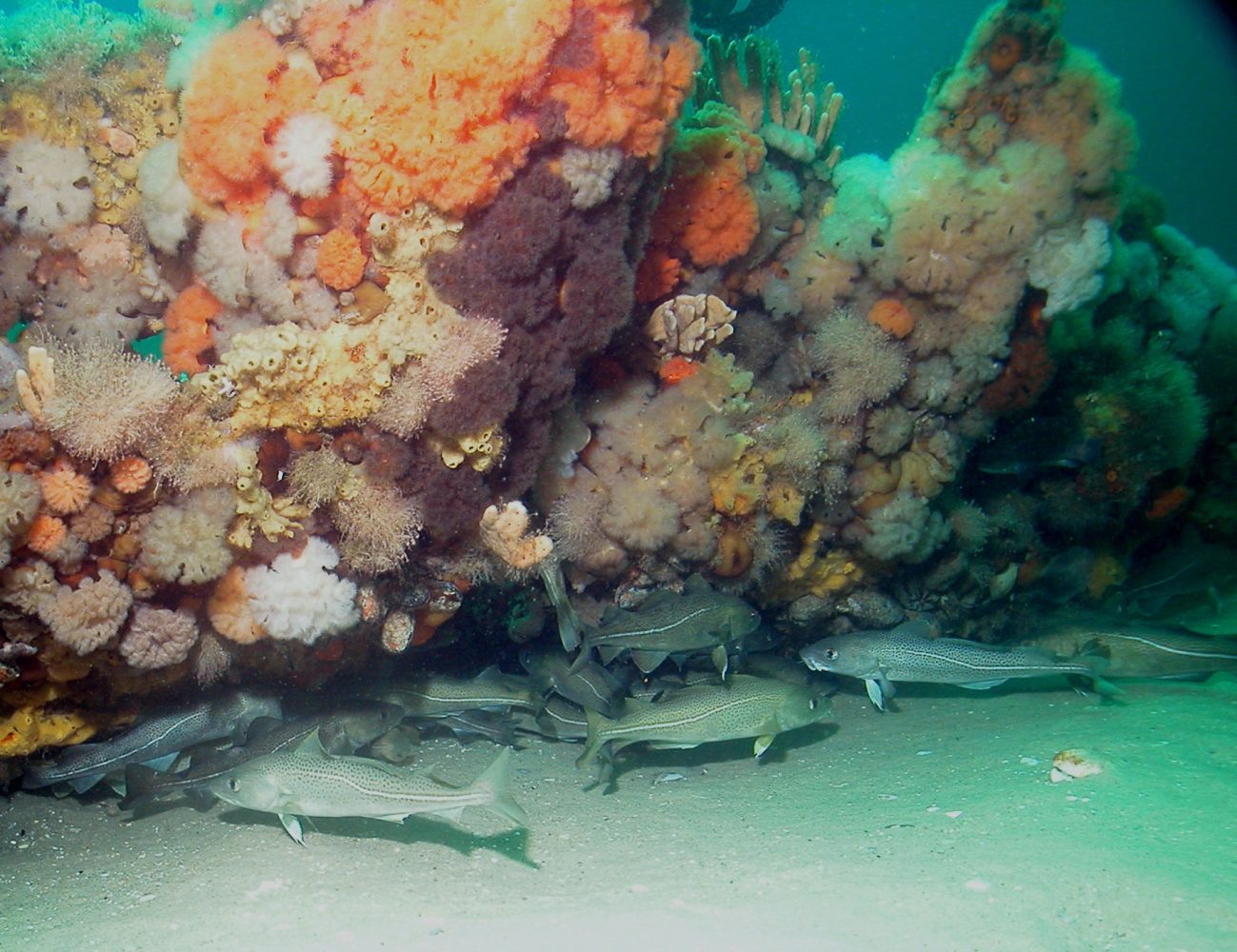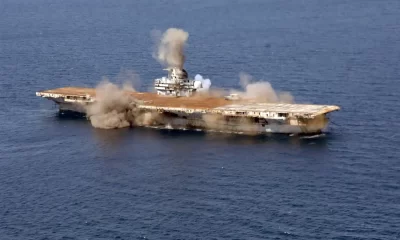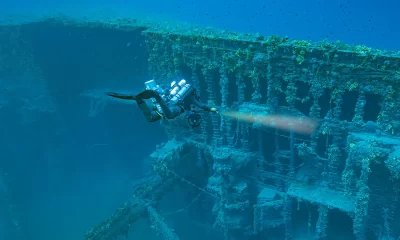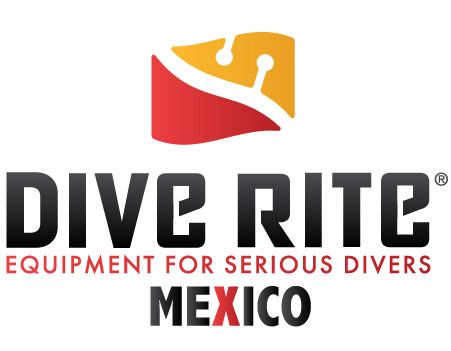Conservation
Protecting Stellwagen Bank Sanctuary’s Shipwrecks: An Opportunity for Collaboration

By Ariel Silverman
Header image courtesy of Matthew Lawrence/NOAA. Divers in the sanctuary may encounter areas with bountiful marine life. Here cod swim under the remains of a shipwreck covered with frilled anemones and other attached invertebrates
When policymakers face the challenge of protecting irreplaceable marine archeological sites, the fishing industry and conservation interests are often at odds. But they don’t have to be.
A diverse stakeholder group–including divers, historians, and fisherman–has united to protect the Stellwagen Bank National Marine Sanctuary’s shipwrecks. They aim to preserve the irreplaceable historic resources in the Sanctuary while protecting fishermen and their gear from danger and damage. To accomplish these goals, NOAA is piloting the Shipwreck Avoidance Program (SAP). SAP is an innovative program whose purpose is to encourage commercial and recreational fishermen to voluntarily avoid disclosed shipwreck locations.
Through a SAP initiative, NOAA published to the public the locations of 11 historic shipwrecks, reversing its previous policy of non-disclosure. In return, NOAA officials have requested that fishermen voluntarily avoid the designated sites. During the pilot phase, officials will monitor voluntary compliance to determine SAP’s effectiveness.
Fishing Near Wrecks Offers Possibilities for Profit and Danger
Sanctuary archaeologists have located 47 historic shipwrecks in Stellwagen Bank. Historical records indicate that at least 200 more historic and modern vessels that sank within sanctuary boundaries lie somewhere beneath the surface.
The wrecks share Sanctuary waters with a fleet of commercial and recreational fishing vessels. Commercial fishing, including trawling and scallop dredging, is allowed in most of the Sanctuary and is regulated by the National Marine Fisheries Service. Fishing captains have found that trawling close to these wrecks can bring in a profitable catch of many species of fish that find refuge nearby. But, these benefits come with risks to the crew and their equipment.
Frank Mirarchi, a retired trawler fisherman and Sanctuary Advisory Council Member, supports SAP. “I have lost two nets and done considerable damage to several others throughout my career by encountering random pieces of wreckage scattered on the seabed,” he said. “Under poor weather conditions, entangled gear can capsize a boat, jeopardizing the crew’s safety,” he added.
Protecting Irreplaceable Dive Sites
Many wrecks have been damaged or destroyed by commercial fishing gear. John Perry Fish is a sonographer and the co-discoverer of the Portland steamship, the sanctuary’s most iconic historic wreck and a memorial site for the 192 passengers and crew lost when it sank. He explained that, “Trawl nets and floats can become ensnared on wrecks like the Portland and remain at the site for decades.”

Wreck divers, like fishermen, have good reason to protect sites from further damage. Before SAP, shipwreck locations were not disclosed to the public because officials were concerned divers would remove or displace artifacts. This concern has greatly diminished with the help of divers’ advocate Heather Knowles, co-founder of Northern Atlantic Dive Expeditions, Inc. and Chair of the Sanctuary Advisory Council.
Knowles believes that divers are “fundamentally a conservation constituency.” She said that wreck divers want to see the sites up close and rarely disturb them. “After divers explore a wreck,” she added, “they want to know more about its history and see that it is protected.” Knowles is confident that SAP will help fishermen avoid hazardous sites while allowing more wreck divers to bring shipwrecks’ stories to the public.
Preserving Non-Renewable Archeological and Ecological Resources
In addition to fishermen and divers, other marine sanctuary stakeholders are in support of SAP because of shipwrecks’ importance to archeological research and biodiversity.
Sanctuary marine archaeologist Dr. Calvin Mires, an experienced wreck diver, believes that the public will care more about preserving shipwrecks when they better understand New England’s maritime cultural landscapes. Historic shipwrecks are “non-renewable resources” because they cannot be replaced once they are destroyed. While archeologists can learn about historical ship building techniques by studying a ship’s exterior, experts can achieve a better understanding of New England’s 19th century economy by studying a ship’s cargo. Mires believes the sites also share a deeply relatable human story. Ships like the Portland were “traveling hotels” in which crew, staff, and travelers lived and worked closely together. In many ways, New England’s historic maritime transportation industry lessened the strict socioeconomic hierarchy and rampant racial inequality of that time period: the industry offered high wages and interdependent working environments onboard.

Additionally, NOAA officials are required by The National Marine Sanctuaries Act (NMSA) and The National Historic Preservation Act (NHPA) to protect the sanctuary’s archaeological resources, including the submerged vessels. Conservationists and marine researchers also support protection because wrecks provide critical habitat and refuge for diverse marine life rarely seen elsewhere in the Stellwagen Bank.
Heather Knowles believes that SAP also creates an opportunity for citizen science. Many wreck divers, she said, “are investing in sophisticated underwater cameras. As more sites are disclosed to the public and explored, these photographs can be shared with marine archeologists, shipwreck ecologists, and the public, helping to grow scientific knowledge about the wrecks.”
Shipwreck Management to Encourage Voluntary Compliance
NOAA officials have concluded that a non-regulatory voluntary compliance program such as SAP is the best way to protect our nation’s maritime heritage while sustaining the fishing and wreck diving industries. Ben Haskell, Deputy Superintendent of the Sanctuary and SAP manager, explained that “This program gives the fishermen the opportunity to avoid the dangers associated with their gear interacting with shipwrecks while protecting these historic resources without the implementation of an added layer of regulation.”
NOAA officials currently utilize a combination of two existing satellite-based vessel tracking systems—the Vessel Monitoring System (VMS) and the Automatic Identification System (AIS). VMS is required on all commercial trawl and dredge vessels and requires that the captains report their positions every 30 to 60 minutes. “The problem with this system,” noted Haskell, “is that position data do not reveal fine-scale positioning and whether a vessel has gone around or over a shipwreck site.” AIS is a vessel collision avoidance program that the US Coast Guard requires of all vessels over 20 m/65 ft. “The advantage of AIS is that it provides vessel positions every five minutes,” added Haskell, “but its disadvantage is that the system is not used on all fishing vessels since many are smaller than 20 m/65 ft. However, several smaller fishing vessels use AIS due to its safety benefits.”

The future of SAP and the sanctuary’s shipwrecks is still uncertain. If the program successfully encourages voluntary avoidance, NOAA officials will likely disclose the locations of more sites. By working together toward a shared goal, stakeholders can preserve these irreplaceable resources while sustaining fishing and wreck diving in sanctuary waters.
For more information on SAP or to report a shipwreck location contact: ben.haskell@noaa.gov.
To view a list of the recently disclosed sanctuary shipwreck sites, click here.

Ariel Silverman is an ocean sustainability journalist and policy volunteer with Stellwagen Bank National Marine Sanctuary. She is currently on a leave of absence from her studies at Harvard University.





















































